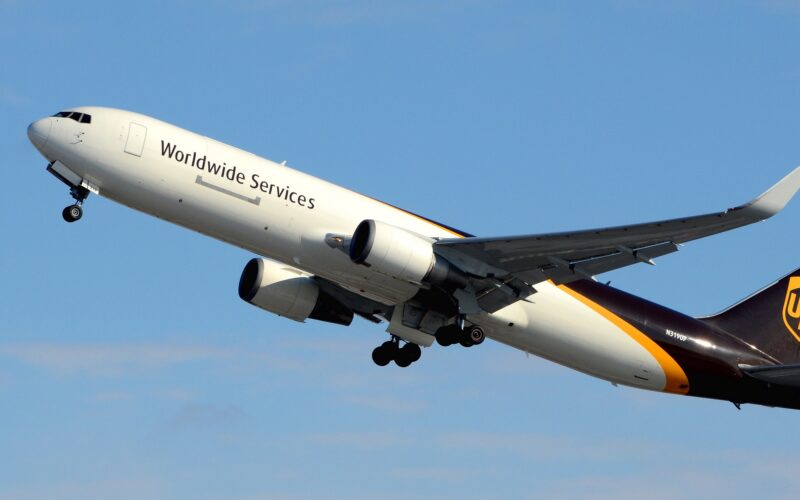The United States (US) Federal Aviation Administration (FAA) issued an Airworthiness Directive (AD) that addresses inoperative manual and alternate horizontal stabilizer trim switches on certain Boeing 767 aircraft.
According to the FAA, the decision to issue the directive was prompted by reports of inoperative manual and alternate horizontal stabilizer trim switches from operators. “The FAA is issuing this AD to address collected water or ice that could damage the [limit switch and position transmitter module (LSPTM)] and cause stabilizer trim position sensors to generate corrupt or erroneous signals to the flight crew,” the agency’s AD read, adding that the condition could result in “misleading or confusing flight deck indications, a high speed overrun during takeoff, or a low altitude stall immediately after takeoff”.
As such, the FAA will now require airlines flying all Boeing 767-200, 767-300F, 767-400ER, and 767-2C aircraft to do “repetitive inspections for immersion of each LSPTM and of the LSPTM electrical wiring, repetitive inspections for blockage of the drain holes and cleaning of each drain hole, repetitive inspections for loose or cracked leveling compound, and applicable on-condition actions”.
The blocked drain holes were discovered in the aft section of the fuselage, causing water to accumulate and submerge the three LSPTMs.
For certain Boeing 767s, the agency will require operators to drill two new drain holes, perform repetitive inspections for blockage of the drain holes, and if they are blocked, clean them.
Overall, the FAA estimated that 63 aircraft in the US are affected by the directive, with the total compliance costs being $3,705 per aircraft. If a Boeing 767 does not need new holes, the compliance costs for all General Visual Inspections (GVI) total $510.
On-condition costs, namely a detailed inspection of LSPTM or LSPTM electrical wiring, are $85.
Several stakeholders commented on the directive, including UPS, FedEx, Delta Air Lines, and Aviation Partners Boeing (APB). APB requested clarification on whether the installation of winglets, per Supplemental Type Certificate (STC) ST01920SE, affects compliance with the AD, while other operators shared their concerns.
FAA said that winglets do not affect compliance with the AD.
Meanwhile, FedEx requested that the inspection intervals be prolonged from 90 to 225 days, arguing that before the directive was finalized, it struggled to inspect its Boeing 767-300F every 90 days. “FedEx noted that if the FAA mandates a 90 day repetitive interval, it will be forced to ground aircraft,” read the directive. The FAA responded that while the 225-day interval would be unsafe, inspections every 150 days would be sufficient.
FedEx also requested to delay the directive’s effective date, with the cargo carrier saying that “it has been trying unsuccessfully to order the necessary parts from Boeing since August 2021”. The FAA disagreed, with its counter-argument being that delaying the directive would delay safety-critical inspections.
Furthermore, UPS requested to revise the AD not to include the need to drain new holes. The FAA disagreed, saying that the two holes “will create a configuration where multiple unique blockage events must occur before the accumulation of water or ice can happen”.
As such, the regulator adopted the AD as proposed with only “minor editorial changes”.
The AD is effective August 24, 2023.

